Breadcrumb
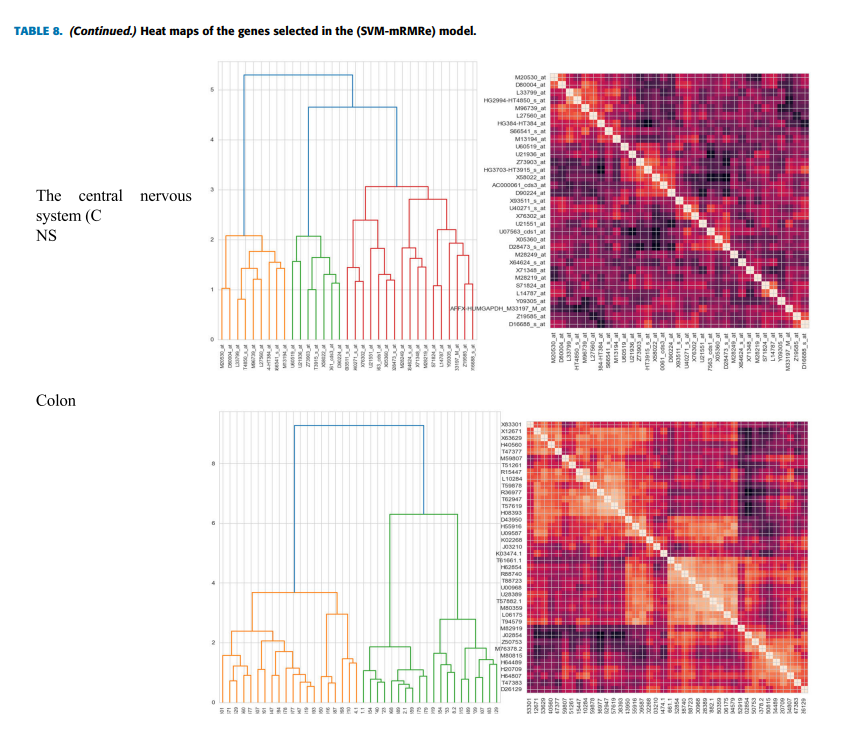
An Efficient SVM-Based Feature Selection Model for Cancer Classification Using High-Dimensional Microarray Data
Feature selection is critical in analyzing microarray data, which has many features (genes) or dimensions. However, with only a few samples the large search space and time consumed during their selection make selecting relevant and informative genes that improve classification performance a complex task. This paper proposed a hybrid model for gene selection known as (SVM-mRMRe), the proposed model provides a framework for combining filter-based, ensemble, and embedded methods to select the most relevant and informative genes from high-dimensional microarray data by fusing embedded SVM
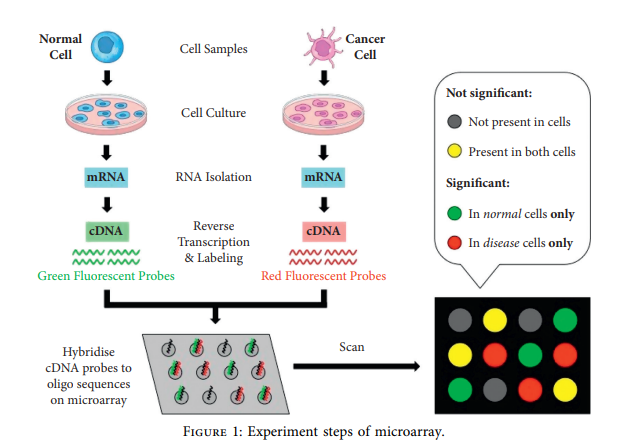
An Efficient Cancer Classification Model Using Microarray and High-Dimensional Data
Cancer can be considered as one of the leading causes of death widely. One of the most effective tools to be able to handle cancer diagnosis, prognosis, and treatment is by using expression profiling technique which is based on microarray gene. For each data point (sample), gene data expression usually receives tens of thousands of genes. As a result, this data is large-scale, high-dimensional, and highly redundant. The classification of gene expression profiles is considered to be a (NP)-Hard problem. Feature (gene) selection is one of the most effective methods to handle this problem. A
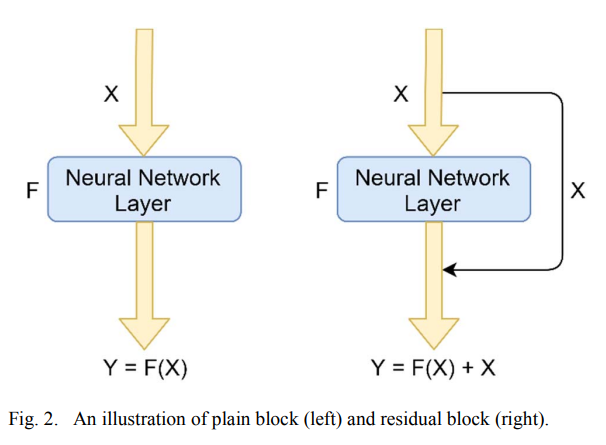
Deep Ensemble Learning for Skin Lesion Classification from Dermoscopic Images
Skin cancer is one of the leading causes of death globally. Early diagnosis of skin lesion significantly increases the prevalence of recovery. Automatic classification of the skin lesion is a challenging task to provide clinicians with the ability to differentiate between different kind of lesion categories and recommend the suitable treatment. Recently, Deep Convolutional Neural Networks have achieved tremendous success in many machine learning applications and have shown an outstanding performance in various computer-assisted diagnosis applications. Our goal is to develop an automated
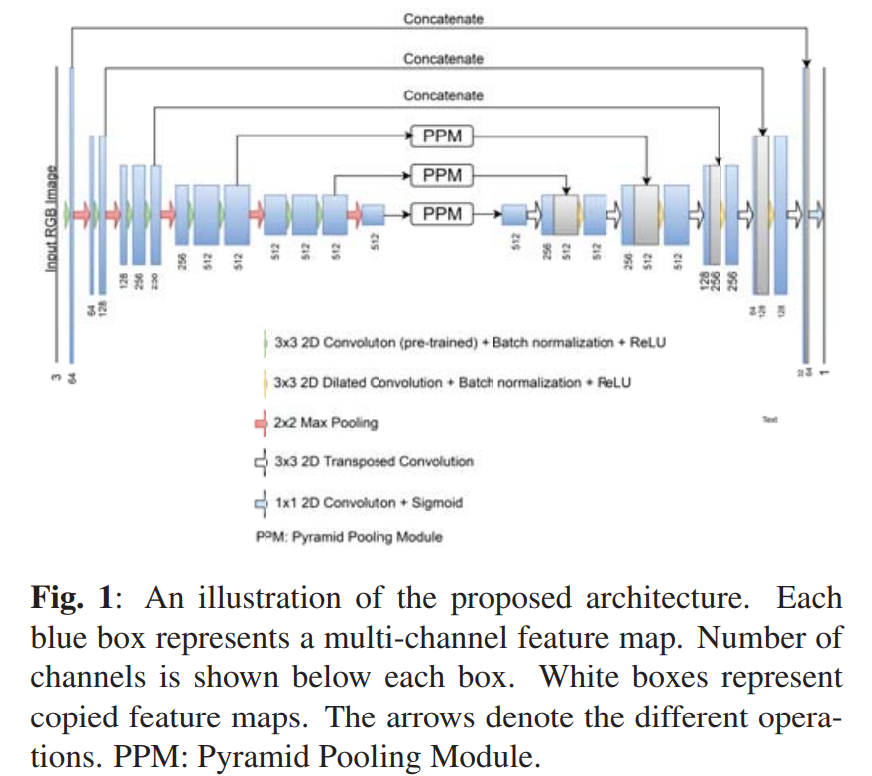
Deep convolutional encoder-decoders with aggregated multi-resolution skip connections for skin lesion segmentation
The prevalence of skin melanoma is rapidly increasing as well as the recorded death cases of its patients. Automatic image segmentation tools play an important role in providing standardized computer-assisted analysis for skin melanoma patients. Current state-of-the-art segmentation methods are based on fully convolutional neural networks, which utilize an encoder-decoder approach. However, these methods produce coarse segmentation masks due to the loss of location information during the encoding layers. Inspired by Pyramid Scene Parsing Network (PSP-Net), we propose an encoder-decoder model

Security and Interoperability Issues with Internet of Things (IoT) in Healthcare Industry: A Survey
Recently, public healthcare systems become one of the most pivotal parts in our daily life. Resulting in an insane increase in Medical data like medical images and patient information. Having huge amount of data requires more computational power for efficient data management. In addition, data security, privacy and trustworthy have to be maintained and guaranteed. Most medical information in the last years aggregated data from a lot of devices, smart chips, tiny sensors and wearable devices. Those devices are connected through the internet, thus called Internet of Things (IoT). These devices

Light-Weight Localization and Scale-Independent Multi-gate UNET Segmentation of Left and Right Ventricles in MRI Images
Purpose: Heart segmentation in cardiac magnetic resonance images is heavily used during the assessment of left ventricle global function. Automation of the segmentation is crucial to standardize the analysis. This study aims at developing a CNN-based framework to aid the clinical measurements of the left ventricle and right ventricle in cardiac magnetic resonance images. Methods: We propose a fully automated framework for localization and segmentation of the left ventricle and right ventricle in both short- and long-axis views from cardiac magnetic resonance images. The localization module
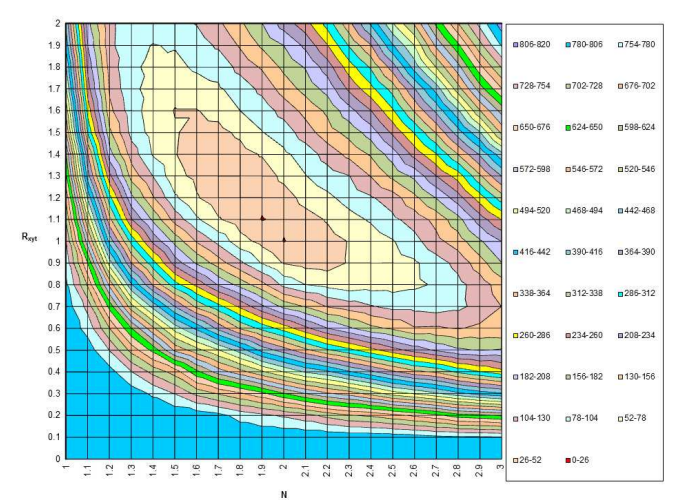
Automated classification technique for edge-on galaxies based on mathematical treatment of brightness data
Classification of edge-on galaxies is important to astronomical studies due to our Milky Way galaxy being an edge-on galaxy. Edge-on galaxies pose a problem to classification due to their less overall brightness levels and smaller numbers of pixels. In the current work, a novel technique for the classification of edge-on galaxies has been developed. This technique is based on the mathematical treatment of galaxy brightness data from their images. A special treatment for galaxies' brightness data is developed to enhance faint galaxies and eliminate adverse effects of high brightness backgrounds
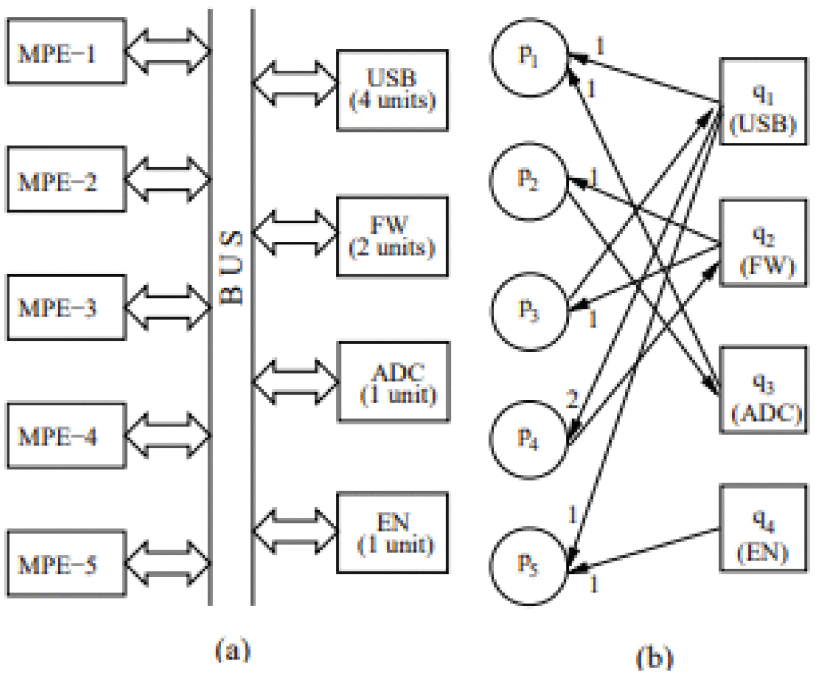
Fault-Recovery and Robust Deadlock Control of Reconfigurable Multi-Unit Resource Allocation Systems Using Siphons
A multi-unit resource allocation system usually contains several processes and a number of resources with multiple units. Due to the competition for shared resources in these systems, deadlocks may occur. Recently, researchers have shown an increased awareness in deadlock control strategies for such a kind of systems without considering the dynamic changes such as processing failures and rework by using the Petri net paradigm. This article reports a new strategy for deadlock analysis and control in reconfigurable multi-unit resource systems (MRSs). We discuss a generalized class of Petri nets
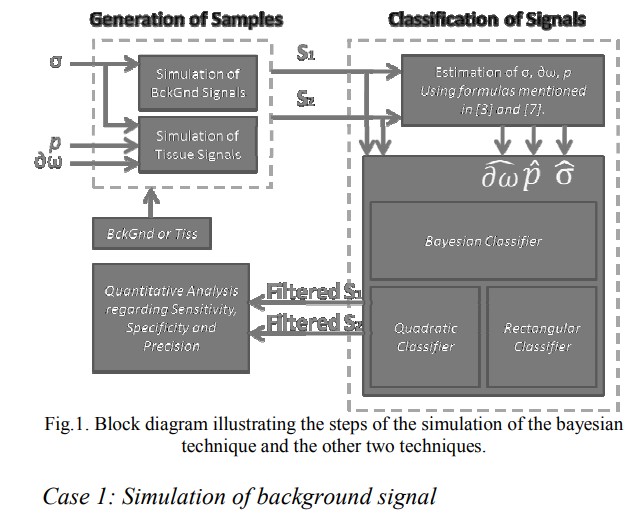
Performance evaluation of cardiac MRI image denoising techniques
Black-blood cardiac Magnetic Resonance Imaging (MRI) plays an important role in diagnosing a number of heart diseases. The technique suffers inherently from low contrast-tonoise ratio between the myocardium and the blood. In this work, we examined the performance of different classification techniques that can be used. The three techniques successfully removed the noise with different performance. Numerical simulation has been done to quantitatively evaluate the performance of each technique. © 2008 IEEE.
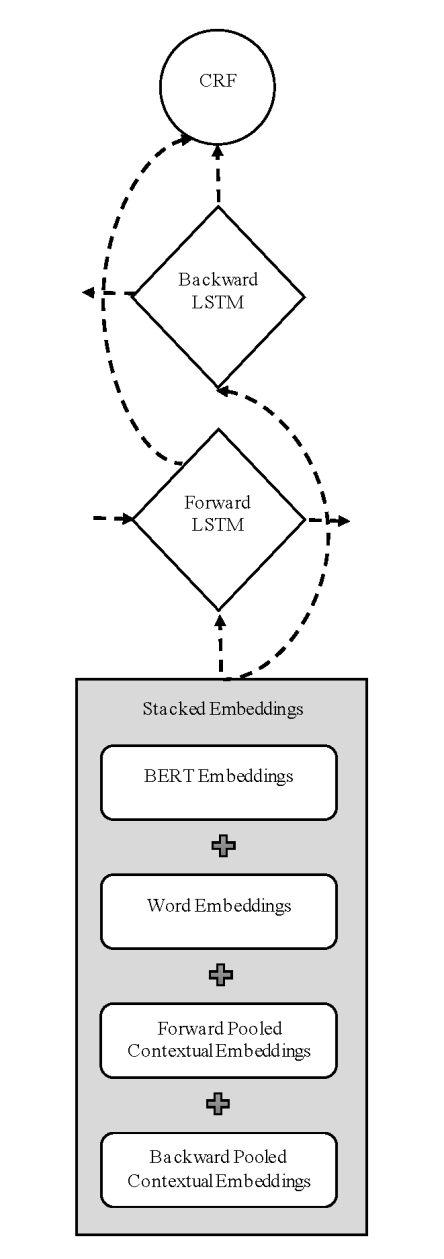
A Multi-Embeddings Approach Coupled with Deep Learning for Arabic Named Entity Recognition
Named Entity Recognition (NER) is an important task in many natural language processing applications. There are several studies that have focused on NER for the English language. However, there are some limitations when applying the current methodologies directly on the Arabic language text. Recent studies have shown the effectiveness of pooled contextual embedding representations and significant improvements in English NER tasks. This work investigates the performance of pooled contextual embeddings and bidirectional encoder representations from Transformers (BERT) model when used for NER on
Pagination
- Previous page ‹‹
- Page 33
- Next page ››
